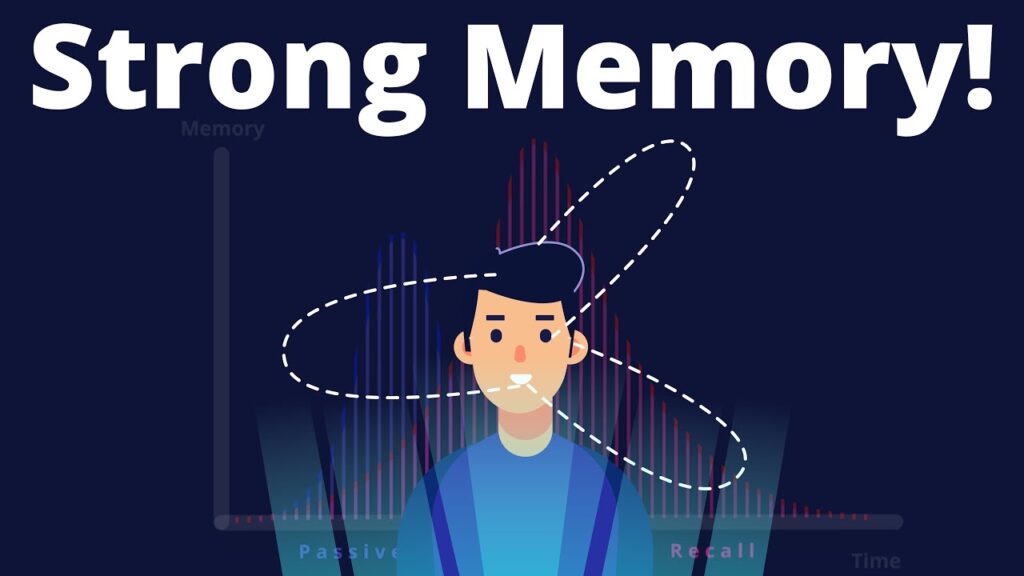Do you ever feel like you study for hours but still struggle to remember what you’ve learned? The problem might not be how much you study—it’s how you study. Enter active recall, one of the most powerful techniques for mastering memory and boosting learning.
Unlike passive methods like re-reading or highlighting, active recall forces your brain to retrieve information, strengthening your memory and improving retention. In this guide, we’ll explore what active recall is, why it works, and how you can use it to ace your studies and beyond.
What is Active Recall?
Active recall is a learning technique where you actively stimulate your memory during the learning process. Instead of passively reviewing notes, you test yourself on the material. Examples include:
- Answering flashcards.
- Taking practice quizzes.
- Explaining concepts without looking at your notes.
This method is backed by science: studies show that active recall significantly improves long-term retention compared to passive study methods.
Why Active Recall Works
- Strengthens Neural Pathways: Retrieving information reinforces the connections in your brain, making it easier to recall later.
- Identifies Knowledge Gaps: Testing yourself reveals what you don’t know, so you can focus on weak areas.
- Improves Focus: Active recall requires concentration, keeping you engaged and reducing distractions.
- Builds Confidence: Successfully recalling information boosts your confidence and motivation.
How to Use Active Recall: 5 Proven Techniques
- Flashcards
Create flashcards with questions on one side and answers on the other. Test yourself regularly and shuffle the cards to avoid memorizing the order. - Practice Quizzes
Use practice tests or create your own quizzes to simulate exam conditions. This helps you get comfortable with recalling information under pressure. - Teach What You’ve Learned
Explain concepts to a friend, family member, or even yourself. Teaching forces you to organize your thoughts and recall details. - The Blank Page Method
After studying, write down everything you remember on a blank sheet of paper. Compare it to your notes to identify gaps. - Spaced Repetition
Combine active recall with spaced repetition by reviewing material at increasing intervals. Apps like Anki or Quizlet can help automate this process.

Examples of Active Recall in Action
- For Students: Use flashcards to memorize vocabulary or key concepts for exams.
- For Professionals: Test yourself on important details before a presentation or meeting.
- For Lifelong Learners: Quiz yourself on new skills or hobbies to reinforce learning.
Tips for Maximizing Active Recall
- Start Early: Don’t wait until the last minute. Use active recall throughout your learning process.
- Mix Topics: Interleave different subjects or topics to improve retention and adaptability.
- Stay Consistent: Regular practice is key to building strong memory pathways.
- Track Progress: Keep a journal or use an app to monitor your improvement over time.
- Stay Positive: Don’t get discouraged by mistakes—they’re opportunities to learn.
Final Thoughts: Unlock Your Memory Potential
Active recall is more than a study technique—it’s a powerful tool for mastering memory and achieving your goals. By actively engaging your brain and testing your knowledge, you can transform the way you learn and retain information.
Remember, the key to success is consistency. Start small, stay committed, and watch as your memory and confidence grow.
Call-to-Action (CTA)
Ready to master your memory and boost your learning? Start using active recall today and explore more tips and resources at Onescholar.org. Your journey to stronger learning begins now!
VIDEO CREDIT:






